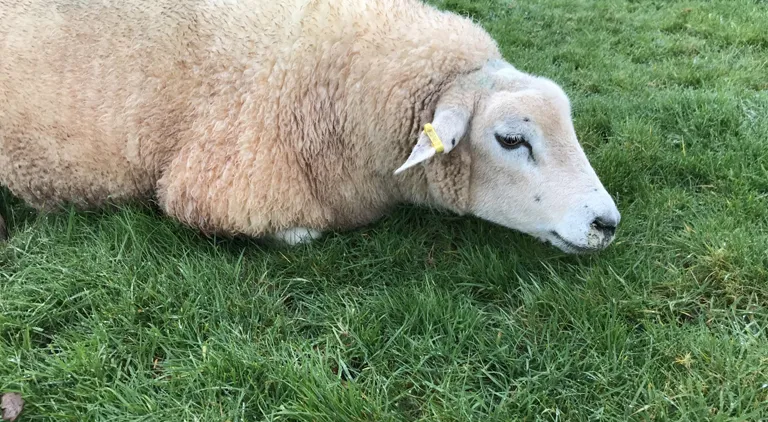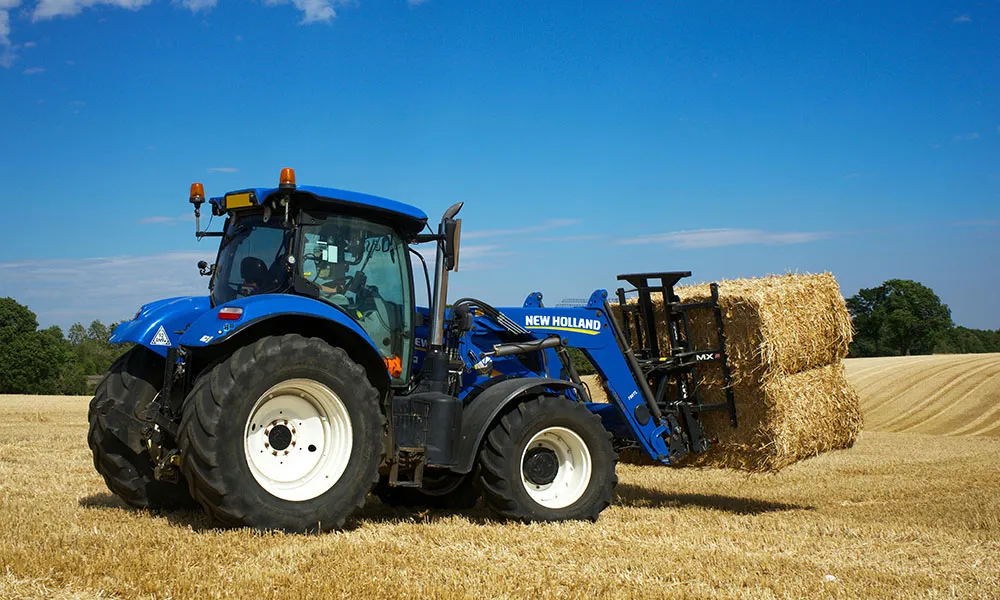
Many sheep farms are now in the final stretch of the pre-lambing period. High-quality care and management of ewes in the final 6 weeks of pregnancy are essential for good live birth rates and survival. Few people realise that 75% of lamb growth happens during this period. Farmers should be checking their flocks twice daily to check feed supplies are adequate and to observe ewe behaviours for any signs that may indicate illness. Illness at this stage could impact ewe and lamb, significantly impacting profits. One of the most frequent illnesses seen in flocks is Twin Lamb Disease.
Twin Lamb Disease
What is it?
Twin Lamb Disease (TLD) is also called Pregnancy Toxaemia and it is more common in twin and triplet bearing ewes who have high energy demands. It is a metabolic disease that occurs when the ewe is no longer receiving enough nutrition for herself and her lamb and her blood glucose drops. As a result of this, the ewe then starts to burn her own back fat for energy. The back fat is then processed by her liver. When a lot of fat is burnt this way, the liver can’t cope, and it can’t breakdown the fat properly. Chemicals called ketones are produced instead. Ketones can kill both the ewe and her lambs. The ewe’s bodily functions will be impaired, and she will develop Twin Lamb Disease (TLD). This can lead to death within 12 hours if not treated rapidly.
Causes on Farms
As Twin Lamb disease is caused by a ewe receiving inadequate levels of nutrition, it is vital farmers be aware of all the risk factors. It can be caused by several things aside from lack of food. Thin and fat ewes are more likely to develop TLD. Ewes who are lame or ill may not be able to graze effectively or stand at hay/silage feeders long enough to feed. Twin and Triplet bearing ewes may not be able to eat a lot due to a lack of room for their stomach caused by the increased size of their developing lambs. Bad weather can prevent ewes from accessing the feed. It is important to keep a close watch on all ewes in the last 6 weeks of pregnancy. Of course, this will be more difficult the more ewes you have. For this reason, it is worthwhile scanning ewes and prioritising viewing those carrying twins and triplets more often.
Symptoms to watch for
- Ewes separating from flock
- Ewes who stay away from feeders or do not come with the flock for food
- Ewes that lie down and refuse to get up when approached; they may appear dull, drowsy or blind and in some cases, their breath may smell sweet.
Prevention and Treatment
Ensure sheep should have unlimited access to high-quality hay or silage, twin and triplet bearing ewes should receive supplementary concentrates (18% protein) 6 weeks before lambing rising to a minimum of 0.5kg/ewe daily, ideally divided into two feeds. If hay or silage is low quality/low dry matter the concentrates may be increased to a maximum of 1kg/ewe daily. A hi-energy molasses mineral bucket should also be available. Ewes displaying symptoms of TLD should be treated with a glucose drench with propylene glycol such as Chanatol, to increase their blood glucose levels quickly, this can be repeated in 6 to 12 hours. Newer Drenches specially designed for TLD such as Growvite Multibirth or Collate Multiamb Rapid have been proven to be help save ewes with TLD when given quickly. The ewe should be housed or placed in a sheltered area if on an out farm to protect from weather and fox attack while down. Offer the ewe good quality hay and concentrates.
Be wary of oats; although a good high energy food, they should not be introduced for the first time at this stage in pregnancy as it can result in acidosis. If the ewe is not showing signs of improvement within 12 hours, it is always best to consult your vet ASAP.
Products That will help treat TLD Growvite Multibirth Collate Multilamb rapid Rezult Opti-Lyte Chanatol While All of the above will help a ewe with TLD, they will not solve any problems of underfeeding and a follow up Feed plan will need to be in place to ensure the ewe does not fall ill again before lambing! by Maureen Kilgore










